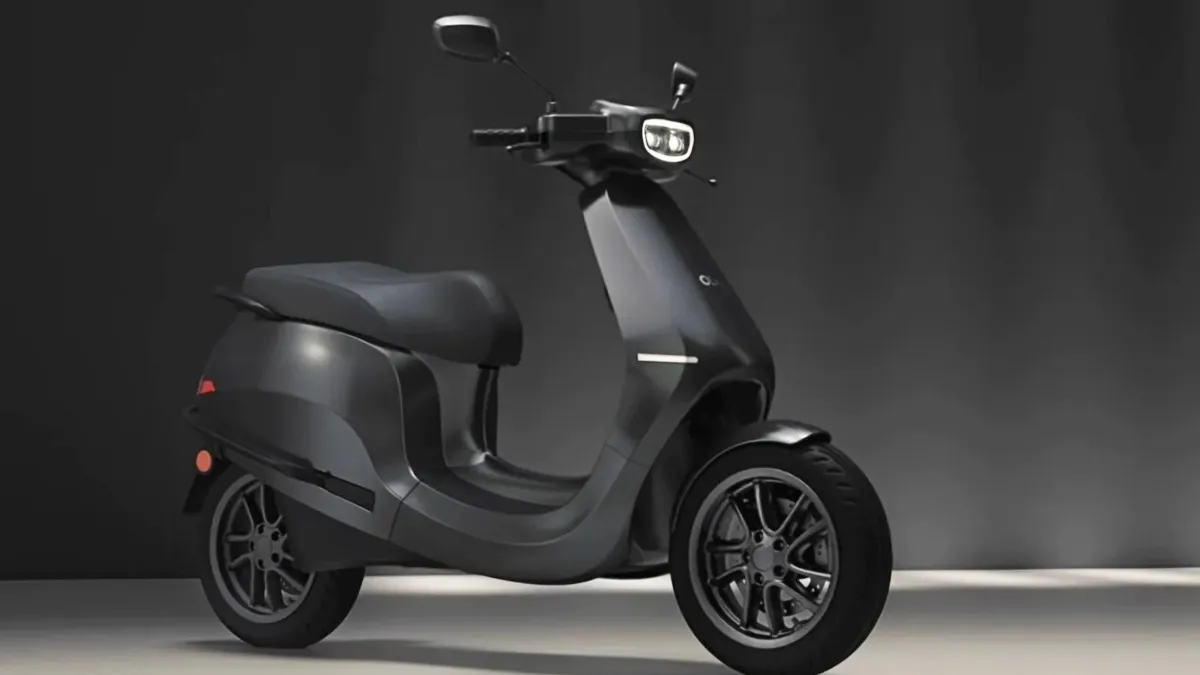
Electric scooters have become very popular across Australian cities for short trips shopping or commuting and recreation. They offer convenience and fun but also raise questions around safety. First time riders should understand how to handle a scooter properly and how to minimise risks. This guide covers safety considerations and practical tips for beginners.
Understanding Electric Scooter Safety
Electric scooters can reach speeds up to 25 kilometres per hour or more and may weigh up to fourteen kilograms. Without proper control and awareness riders can fall or collide with obstacles. Safety hinges on learning the balance the braking the stability and the traffic rules before riding.
Injuries from scooter use often include cuts bruises head injuries and fractures. Many incidents arise from losing balance hitting curbs or encountering uneven surface. Some riders attempt risky moves like riding two people or using the scooter in pedestrian zones. Understanding how scooters handle and recognising your limits are key to safe use.
Legal and Regulatory Guidelines in Australia
Laws regarding electric scooters vary by state and territory. Some regions permit use on footpaths while others require use on roads or designated paths. Helmets are mandatory in all states for riders over a certain age. Local rules may restrict speed or prohibit riding in shopping precincts or near train stations. It is important to check local council regulations before riding and always choose legal and safe riding areas.
Essential Safety Gear for First Time Riders
Wearing the right protective gear enhances safety and comfort:
- Helmet Walk into a bike shop or sports store and try on approved helmets rated for impact protection. It should fit snugly and stay in place.
- Footwear Closed shoes with grip help with braking and balance. Avoid sandals or flip flops.
- Clothing Long sleeves trousers and gloves can help reduce abrasions in case of a fall.
- Visibility gear Use reflective vests or bright clothing for night riding and ensure your scooter has working front and rear lights.
Pre Ride Safety Checks
Before each ride carry out a checklist to ensure your scooter is safe and ready:
- Tyres Check air or pressure if pneumatic tyres are used. Look for cuts or excessive wear.
- Brakes Test both front and rear brakes before you ride off.
- Battery level Make sure the battery is charged to avoid becoming stranded mid ride.
- Lights and reflectors Confirm they work especially for low light or night conditions.
- Frame and deck Inspect for cracks loose screws or bending. Ensure the folding mechanism locks firmly if the scooter folds.
Mastering Basic Scooter Skills
Spend time getting comfortable in a safe space before riding on roads:
- Begin on smooth level ground practicing mounting dismounting braking and turning.
- Practice the acceleration gently to avoid sudden speed.
- Learn to brake gradually and maintain safe speed.
- Practice making gentle turns and maintain stability leaning slightly rather than over turning.
Negotiating Road Conditions Safely
When riding around your local area take note of surface conditions and hazards:
- Avoid potholes cracks wet leaves gravel or painted lines.
- Cross tram tracks at a right angle to avoid your wheels slipping.
- Slow down before curves and corners and reduce speed when passing pedestrians.
- Walk your scooter across pedestrian crossings if it feels safer.
Riding in Traffic with Confidence
If you plan to ride on roads or in bike lanes keep these tips in mind:
- Ride on the left side of the road or bike path unless signage indicates otherwise.
- Maintain a safe distance from parked vehicles to avoid opening doors.
- Make your intentions clear using a clear extended arm for signalling turns.
- Yield to – sorry avoid hyphens consistent riding behaviour with cyclists and other road users.
- Park in safe sturdy areas rather than high traffic walkways.
Avoiding Common Mistakes
For new scooter riders common mistakes include undue speed abrupt braking and overconfidence. Avoid these risky behaviours:
- Do not ride two people on one scooter.
- Avoid performing stunts or harsh turns.
- Do not ride in busy pedestrian areas at speed.
- Avoid riding while intoxicated or fatigued.
- Do not ignore local signage or council restrictions.
Scooter Maintenance for Ongoing Safety
Regular maintenance ensures your scooter remains safe and dependable:
- Clean and dry your scooter after riding in wet conditions to prevent corrosion.
- Lubricate moving parts like folding mechanisms and brake levers.
- Check tyre pressure if pneumatic tyres are used.
- Have your scooter serviced if you hear unusual sound or ride feels unstable.
Insurance and Liability Considerations
Accidents involving scooters can result in injury or damage to property. Consider personal insurance coverage:
- Check if your home and contents insurance covers liability if someone is injured.
- Some scooter purchase options come with additional personal injury or theft protection.
- In some states scooter riders are expected to carry minimal third party liability insurance even for personal use vehicles.
Understanding your coverage can protect against expensive medical bills or legal claims.
Tips to Build Confidence
For first time riders building confidence slowly helps reduce risk:
- Start with short trips in quiet residential streets.
- Practice braking approaches at different speeds.
- Get used to the balance when braking over bumps or indentations.
- Gradually ride longer distances as you build control and familiarity.
- If available attend a basic scooter safety workshop or watch online tutorials to improve technique.
Choosing Routes That Work
Plan your route carefully to avoid hazards and maximise safety:
- Choose bike lanes shared pathways or quiet back streets.
- Avoid peak hour traffic if you are new to riding.
- Use smooth surfaces and avoid areas under construction or with heavy foot traffic.
- Consider timing your ride when pedestrian zones are less busy.
Summary Advice for First Time Riders
Electric scooters can be a safe efficient and enjoyable transport option when they are used with due care and awareness. For new riders following these core strategies helps reduce risk:
- Wear a helmet and suitable protective gear.
- Check your scooter thoroughly before each ride.
- Practice in a safe environment to master balance and braking.
- Ride within your limits and gradually build confidence.
- Choose safe routes and avoid busy traffic and pedestrian zones.
- Observe local laws and regulations regarding speed and usage.
- Maintain your scooter regularly and stay alert to changing conditions.
- Do not attempt stunts or risky behaviour.
- Ensure you have suitable insurance protection.
- Keep learning from experienced riders or tutorials.
Final Thoughts
Electric scooters offer a great way to explore your neighbourhood commute to work or enjoy recreation in a sustainable way. They can be both enjoyable and safe when you approach riding with respect for the scooter mechanics local rules and your own skill level. First time riders should take time to practise gradually and prioritise safety at each step. Over time safe habits become second nature and the ride becomes more comfortable smooth and stress free.
By following these tips and building experience in a controlled way you can enjoy the benefits of electric scooting with confidence and peace of mind.
RELATED ARTICLES
Latest Articles
 The Power of Custom Metal Keyrings in Bu…In Tips
The Power of Custom Metal Keyrings in Bu…In Tips What Does 1st 2nd and 3rd Mean on Linked…In Technology
What Does 1st 2nd and 3rd Mean on Linked…In Technology TimeForge Login Guide: Easy Access, Mobi…In General
TimeForge Login Guide: Easy Access, Mobi…In General QuillBot Login Guide: Free & Premiu…In General
QuillBot Login Guide: Free & Premiu…In General Short Funny Sarcastic Work Quotes to Bri…In General
Short Funny Sarcastic Work Quotes to Bri…In General How to Stay Safe Online in the Digital A…In Technology
How to Stay Safe Online in the Digital A…In Technology When Does Hanukkah Start 2025 and How to…In General
When Does Hanukkah Start 2025 and How to…In General How Cannabis Goes Bad and How to Stop ItIn General
How Cannabis Goes Bad and How to Stop ItIn General
stopie.com is a participant in the Amazon Services LLC Associates Program, an affiliate advertising program designed to provide a means for sites to earn advertising fees by advertising and linking to Amazon.com.
Clicking on an Amazon link from stopie.com does not increase the cost of any item you purchase.
We will only ever link to Amazon products that we think our visitors may be interested in and appreciate learning more about.



